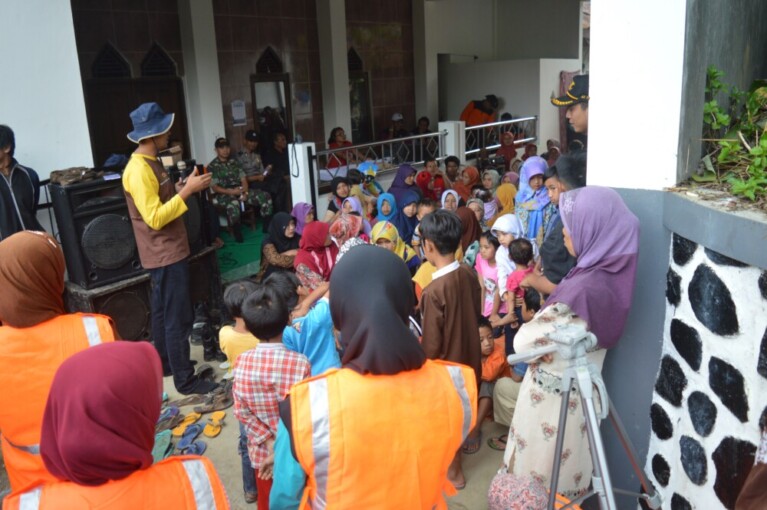
In the past two decades, urbanisation has transformed the structure of Yogyakarta city. The high population rate, residential settlement, hotel, shopping malls, or vehicles all increase in number. Rapid city growth may create environmental pollution risks, which includes lead contamination.
“Lead contamination can derive from natural or anthropogenic sources. Rsearchers have explained the possibilities for lead contamination on the ground surface that are caused by combustion of fuel in vehicles,” said lecturer in Geology of Yangon University in Myanmar, Saw Aung Zaw Aye, when sitting in his open doctoral promotion at Faculty of Engineering UGM on Monday(27/6).
For his dissertation, he made the research on lead concentration in the ground at unsaturated areas of Yogyakarta to identify the geochemical fractions and behaviour of lead in the soil, as well as to determine the source of contamination. He collected samples from several locations around Mt. Merapi, Pakem agricultural areas, and urban areas.
The research showed that the lead concentration in Yogyakarta city is three times higher than that in Pakem, and four times higher than Merapi. He explained that the lead contamination in the urban areas and agricultural areas was from anthropogenic sources, whilst around Merapi volcano this is caused by natural sources due to volcanic activities.
“It is indicated that lead has been the potential for contamination in Yogyakarta as effect of human activities. Lead concentration in urban areas have increased in line with the increasing urban development,” he said.
Although the level of lead concentration has not reached an alarming level, this still needs some attention as lead is one of poisonous metals that can bring health risks to human and environment. He emphasised on the importance of monitoring of urban areas that are potential for contamination. Awareness on public health related to lead hazards needs also to be raised.


